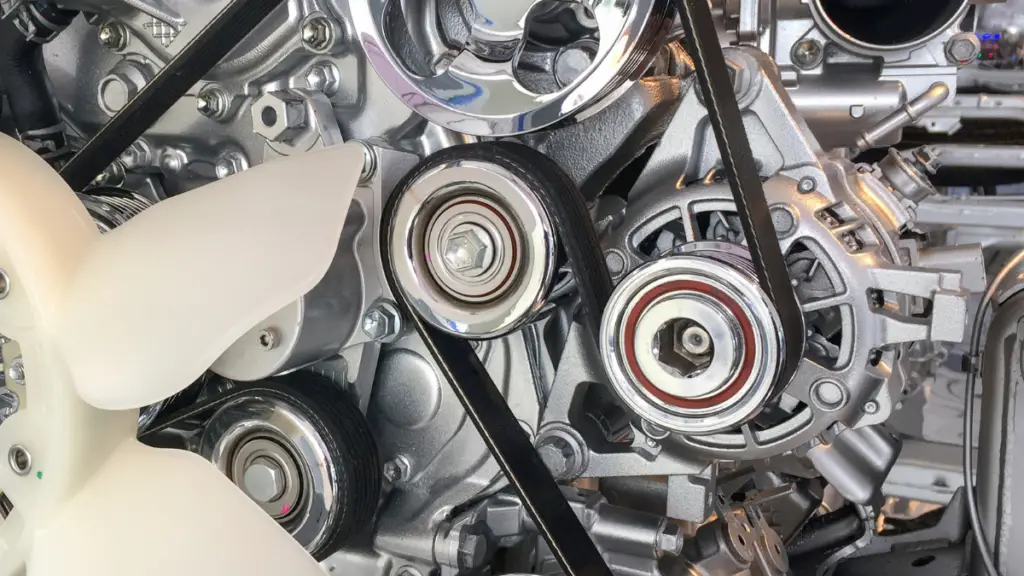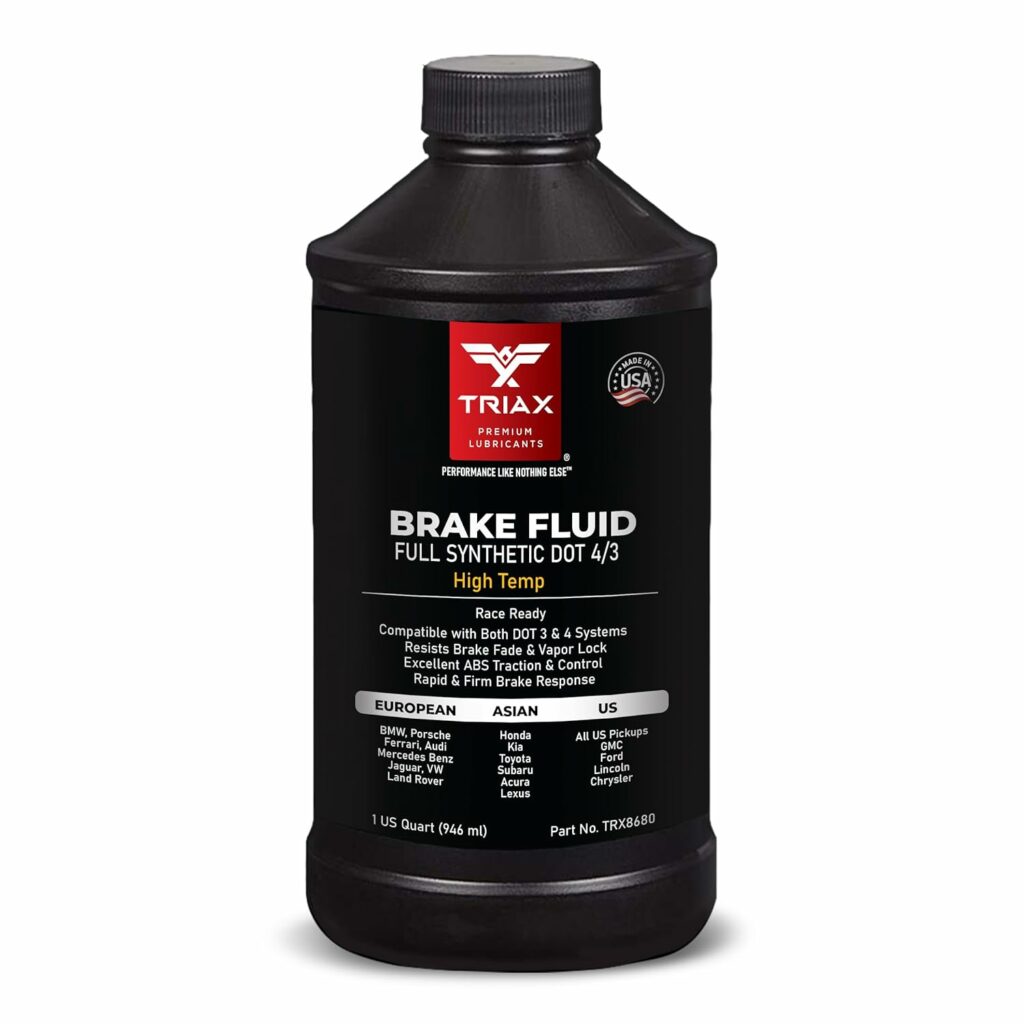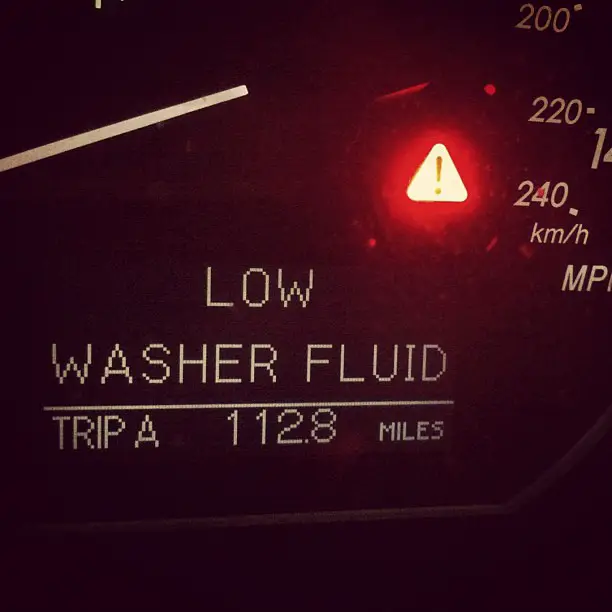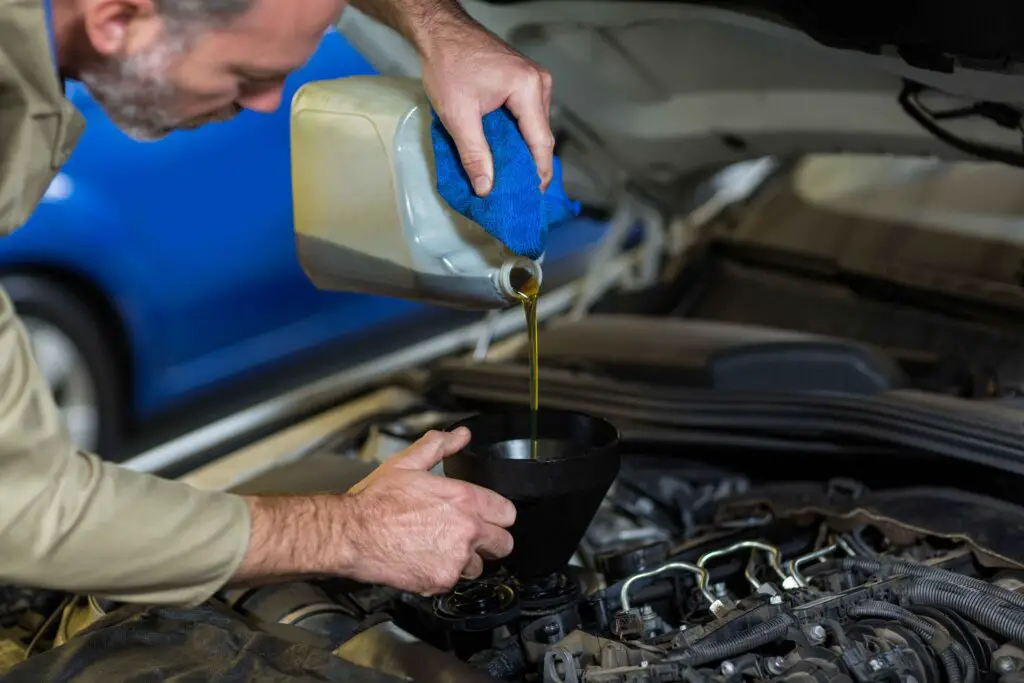As a vehicle crosses the 100,000-mile threshold, performing proper scheduled maintenance becomes crucial for extending its lifespan and preventing costly repairs down the road. The 100k car maintenance mark represents a major service interval for spark plug replacement, fluid flushes, and a thorough inspection of integral components.
This comprehensive preventative maintenance allows car owners to address normal wear and tear, replace failing parts, and ensure their vehicle continues to deliver reliable transportation.
According to a CarMD survey, 15.9% of vehicles experience “check engine” issues around 100,000 miles, demonstrating the importance of maintenance services.
Contents
The best way to keep your car on the road is to keep it in good shape.

Benefits of a 100k car maintenance service include
Restores Peak Performance
- New filters, fluids, belts and more allow all systems to operate at maximum efficiency and power.
Identifies Hidden Issues
- Thorough inspections reveal worn parts, leaks and problems before they turn into roadside breakdowns.
Maintains Safety and Handling
- Brakes, suspension, tires—addressing these items improves vehicle control and stopping ability.
Increases Resale Value
- Up-to-date service records instill confidence in used car buyers, allowing you to ask for a higher resale price.
Fewer Unexpected Repairs
- Replacing timing belts, fluids, etc. prevents engine damage. An ounce of prevention avoids a pound of cure.
Longer Vehicle Lifespan
- Proper maintenance is the best way to maximize the reliable life of your car or truck.
100,000 Mile Car Maintenance Checklist
At the critical 100,000-mile marker, vehicles require a comprehensive multi-point inspection and preventative service program. While maintenance schedules vary, these are the essential items based on statistics and repair frequency data:
Engine
- Replace spark plugs; 4.9% failure rate at 100k miles (CarMD). Use OEM or high-quality iridium or platinum plugs designed for your engine.
- Inspect and adjust the valve lash, if applicable. This is critical on interference engines without hydraulic lifters to maintain proper valve timing and prevent damage.
- Check for oil leaks. Inspect valve covers, oil pans, front and rear main seals, etc. Oil burning and blue exhaust indicate internal issues.
- The compression/blowby test evaluates cylinder sealing, piston rings, and internal engine health. The results guide potential internal repairs.
- Replace the timing chain or guides (if equipped). Timing chain stretch can occur on high-mileage engines, jumping teeth and causing damage.
- Inspect accessory drive belts. Look for cracks, fraying, and glazing that indicate the serpentine or drive belts are due for replacement.
- PCV system inspection: Ensure crankcase ventilation is working properly to prevent oil leaks and sludge buildup.
Fluids
- Drain and refill transmission fluid. It is recommended that 90% should be serviced by 100k miles per AASA data. Use the correct fluid type.
- Flush engine coolant; replace with proper OEM coolant. Prevents corrosion, scale buildup and overheating issues.
- Brake system fluid exchange absorbs moisture over time, affecting brake feel and performance. Use only DOT-approved fluid like the one below.

Filters
- Replace the engine air filter. Use OEM or a high-quality replacement specified for your engine. Cleans air entering the engine.
- Change fuel filter(s): 75% need replacement before 100k miles (AASA). Prevents contamination of fuel system components.
- Installing a new cabin air filter improves HVAC air quality and heating and cooling performance. Check for mold buildup.
Timing Belt Replacement
with the right timing belt kits, you can save huge on repair cost that can add up quickly
- Replace the timing belt if equipped; 7.6% failure rate at 100k miles (CarMD). Crucial for interference engines.
- Inspect the water pump, often driven by a timing belt. Fails in 10–15% of vehicles over 100k, according to AASA.
- Check tensioners, guides and seals. Related timing components wear over time. Spec components to prevent leaks and noise.
Suspension
- Inspect shocks and struts; AAA states 51% need replacing around 100k miles due to oil leaks or worn bushings.
- Check ball joints, bushings, and wheel bearings. Look for play in joints, worn rubber, and bearing noise.
- Grease all fittings: Zerk fittings require grease to prevent wear of suspension and steering pivot points.

Battery/Electrical
- Load test battery: Checks cranking amps/reserve capacity. Batteries last 3-5 years on average, per the Battery Council.
- Clean connections and re-torque: prevent corrosion and resistance in starter cables and ground wires.
- Diagnose any dash lights, charging, or blown electrical fuses issues. A code scan for stored trouble codes provides repair guidance.
Brakes
- Replace pads and machine rotors. Measure the remaining pad life. Rotors are resurfaced or replaced if they are less than the minimum thickness.
- Flush brake fluid: old fluid absorbs moisture, compromising pedal feel and safety. Use DOT 3/4 fluid.
- Inspect calipers, hoses, and hardware. Check for leaks, seized pistons, and damaged rubber lines.
- A road test for noise and pulling ensures proper brake operation under load.
Exhaust
- Inspect the catalytic converter. Signs of failure include loss of power, increased fuel use, and a sulfur smell.
- Check the muffler and piping conditions. Leaks lead to dangerous exhaust entering the cabin.
- Look for impact or corrosion damage Replace compromised components before failure or accident.
Driveline
- Inspect CV axles for torn boots and grease fittings; look for clicking noises as signs of wear.
- Check U-joints for play or vibration; this can cause driveline imbalance if excessive.
- Grease chassis components—ball joints, tie rods, idler arms, etc.—have grease zerks.
- Inspect prop/drive shafts, U-joint straps, center carrier bearings, and yokes for cracks.
Tires
- Rotate/balance tires: the cross pattern provides even wear and a smoother ride.
- Check tread depth: 2/32″ is the minimum; 4/32″ is better for winter climates.
- Inspect sidewalls for cracks or bulges; this indicates internal tire damage.
- Verify proper inflation pressure, which improves safety, handling, and fuel economy.
Belts/Hoses
- Replace serpentine belts. Cracks and fraying indicate age. Sudden snapping can ruin an engine.
- Inspect all vacuum lines and crankcase ventilation. Check for leaks and cracking.
- Replace radiator and heater hoses if they are collapsed, spongy, or brittle.
Following this detailed 100,000-mile checklist allows technicians to thoroughly evaluate every major system. Consult your owner’s manual for any additional make- or model-specific service items. Stay ahead of repairs through vigilant preventative maintenance.
| Component | Failure Rate |
|---|---|
| Catalytic Converter | 5.8% |
| Oxygen Sensor | 5.4% |
| Spark Plugs | 4.9% |
Key Service Items
Spark Plug Replacement: Using the proper spark plug design for your engine, replace plugs at the recommended interval (typically 60–100k miles). This restores proper ignition performance and fuel economy.
Timing Belt Replacement: On interference engines, a stretched or failing timing belt can catastrophically damage expensive components if the belt snaps. Replace per schedule to avoid risk.
Coolant/Transmission Fluid Flush: These closed-loop systems accumulate debris and contamination over time. A drain-and-refill or machine flush exchanges old fluid for new to prevent component wear.
Brake System Service: Low pads, scored rotors, and degraded fluid negatively impact stopping power. Replace the brakes and perform a complete brake flush to renew performance and safety.
Following these and the other checklist items provides an essential health check and tune-up to keep your vehicle running smoothly long after 100k. Regular maintenance is always cheaper than an expensive roadside repair.

Costs and Budgeting
The price for a complete 100,000-mile service at a dealership often ranges from $800 to $1,500, depending on the vehicle and location. Independent shops may run $500–$1,200.
According to CarMD data, average repair costs for common 100k-mile services are:
| Repair | Average Cost |
|---|---|
| Catalytic Converter Replacement | $1,153 |
| Oxygen Sensor Replacement | $249 |
| Spark Plug Replacement | $317 |
Common ways to save money on car maintenance
For savvy DIYers and bargain hunters, there are several strategies to reduce costs for major 100,000-mile vehicle maintenance:
DIY Services
- Oil and filter changes, brake pad replacements, belt inspections and changes, fluid flushes and more can be performed at home with proper guidance, tools and access to parts.
- Online tutorials, repair manuals, local parts stores and forums are resources for DIY repairs.
Look for coupons and discounts
- Many repair shops offer discounts or package pricing for bundled services like complete brake jobs, timing belt kits, etc.
- Search online and check mailings or emails from your service center for promotions.
- Inquire about memberships like AAA that provide maintenance discounts.
Used OEM Parts
- Quality used components can save on big-ticket repairs like engines, transmissions, etc. Only from trusted salvage yards.
- Remanufactured items like alternators and power steering pumps also stretch budgets.
Extended Warranties
- Some providers cover defined maintenance; read the fine print carefully. It increases costs over the ownership period.
- Powertrain warranties are useful if major failures occur around 100,000 miles.
OEM vs. Aftermarket
- OEM parts have a price premium. Aftermarket meets the same standards at lower prices for filters, plugs, fluids, etc.
Plan and Save Monthly
- Set aside $50–$100 per month to build a car maintenance fund for the 100k service.
Shop Around
- Get multiple quotes from dealerships and independent mechanics. Explain your budget.
Negotiate
- You have leverage to request item removal, lower labor rates, etc. Be courteous and reasonable.
Budget at least $1,000 if you take your vehicle to a professional for high-mileage car maintenance. Plan ahead by setting aside money monthly to cover this routine, albeit pricey service.
Finding the Right Shop
For expert 100k car maintenance, take your vehicle to a qualified repair facility that employs trained technicians and uses quality parts. Consider the following options:
Dealer Service Centers: Excellent for scheduled maintenance due to specialized diagnostic equipment, repair information, and OEM parts. Costs will be higher, but work will be performed by factory-trained technicians.
Independent mechanics Can offer lower labor rates, personal service, and flexibility in repair options.
Research their reputation and make sure they can handle 100k services. Ask about technician certifications and warranties.
No matter where you take your vehicle, always ask about:
- Itemized service descriptions and pricing
- Quality of parts like fluids, filters, belts, etc.
- Warranty policies on parts and labor
- Additional inspections beyond the checklist
- Payment plans or discounts for extensive services
Researching shops, understanding costs, and asking smart questions ensures your 100,000-mile service is performed correctly by professionals you can trust.

DIY Options
While 100k maintenance requires specialized skills and tools for some procedures, handy DIYers can tackle several tasks themselves:
Beginner Friendly:
- Oil and filter changes
- Air filter replacement
- Battery testing/replacement
- Accessory belt inspection
Advanced Mechanics:
- Brake pad replacement
- Coolant/transmission drain-and-refills
- Serpentine belt replacement
The key to DIY is having proper documentation like repair manuals, access to OEM parts from the dealer or reputable suppliers, and specialty tools when needed. Don’t risk unsafe repairs by skipping steps or using subpar components.
Conclusion
Reaching 100,000 miles on your vehicle’s odometer is a worthy accomplishment, but it is also a reminder that proper maintenance is critical moving forward.
Following the 100k maintenance checklist items ensures all major systems receive a detailed inspection and any wear components are replaced.
This allows your car to continue delivering safe, dependable transportation.
Sticking to the manufacturer’s schedule rather than deferring maintenance keeps you ahead of expensive breakdowns.
The costs of a 100k service pale in comparison to an untimely repair or total vehicle replacement.
Protect your automotive investment through adherence to proper maintenance schedules and using qualified professionals to extend your vehicle’s life well beyond 100,000 miles.
What is next for your car? Is it worth the investment or is it due for a new one?




Leave a Reply